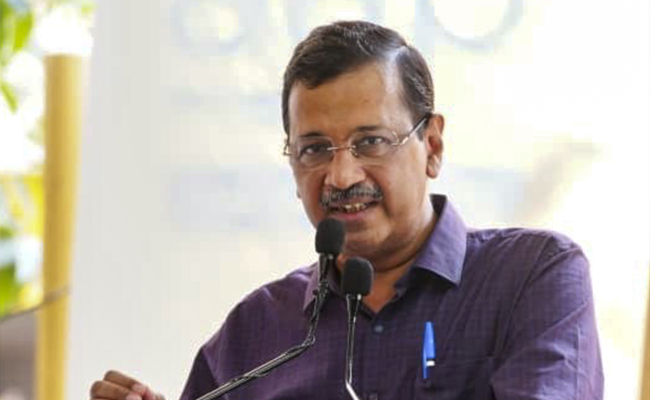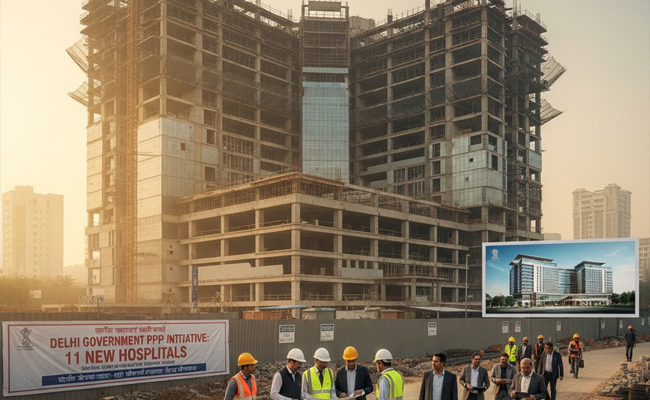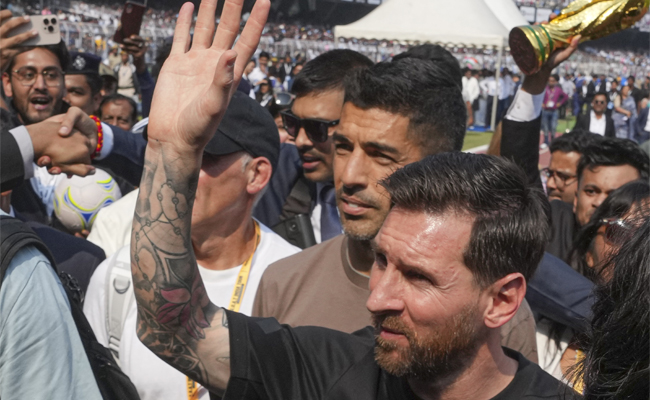New Delhi: Playing in empty stadiums is going to be the norm in the immediate aftermath of COVID-19 pandemic and athletes must get used to it amid lingering fear among people, reckons PV Sindhu, one of India's greatest sportspersons.
The world of sports came to a screeching halt in March as the pandemic started to spread across the globe.
"People would be scared to come and watch matches and we should get use to playing without without spectators, empty stadiums. That will happen," champion shuttler Sindhu said during a webinar titled 'Let the Bird Fly! Moving On With Badminton', hosted by former India international Ameeta Sinh.
"It is safe for everyone in this situation and you have to be ready and prepared for anything and everything," the world champion and Olympic silver medallist added.
Also present in the webinar were former India internationals -- Ami Ghia Shah and Madhumita Bisht, an eight-time national singles champion and India's first woman to compete at the Olympics in badminton.
Ami Ghia Shah is a seven-time national singles champion, and like Bisht, has also performed well internationally.
During the interaction, Sindhu also spoke about how she fought her way back and qualified for the Rio Olympics after suffering a stress fracture in 2015, due to which she remained out of action for more than six months.
"When I had a stress fracture in 2015 I had pain but didn't tell anyone. I was bearing that pain and then told my dad that there was pain and we went and took an X-ray and a stress fracture was revealed. It was really bad.
"It took almost like eight months and I didn't play for six months. The 2016 Olympics qualification was there and I was almost depressed. I played almost 22 tournaments after the injury and got selected for Rio. It was not a small injury.
"Even though I was injured I was doing my upper body exercise. I believed that I can do it and I have done it."
Sindhu was "angry and sad" after being criticised for not finishing on top in the last two World Championship finals and the gold medal in the 2019 edition was her answer to all the critics who questioned her.
That triumph ended an agonising wait for an elusive gold for the ace.
"Maintaining the level is very difficult, tougher than reaching a level. I almost lost seven finals and people started asking if I have final phobia.
"I always wanted to win but there is always a next time I used to think it's a new match I need to give my best every time it's a different type of game.
"Every time it was a different strategy since there are 7-8 players in the circuit and we know each other's game."
Asked about handling pressure by Ameeta, who was also a minister in the Uttar Pradesh government, Sindhu said, "It has been very different before and after Rio. There are lots of expectations all the time. Last one year I have been doing meditation and it has helped me win matches which I was losing."
Let the Truth be known. If you read VB and like VB, please be a VB Supporter and Help us deliver the Truth to one and all.
Panaji (PTI): As part of a crackdown against tourist establishments violating laws and safety norms in the aftermath of the Arpora fire tragedy, Goa authorities on Saturday sealed a renowned club at Vagator and revoked the fire department NOC of another club.
Cafe CO2 Goa, located on a cliff overlooking the Arabian Sea at Vagator beach in North Goa, was sealed. The move came two days after Goya Club, also in Vagator, was shut down for alleged violations of rules.
Elsewhere, campaigning for local body polls, AAP leader Arvind Kejriwal said the fire incident at Birch by Romeo Lane nightclub at Arpora, which claimed 25 lives on December 6, happened because the BJP government in the state was corrupt.
An inspection of Cafe CO2 Goa by a state government-appointed team revealed that the establishment, with a seating capacity of 250, did not possess a no-objection certificate (NOC) of the Fire and Emergency Services Department. The club, which sits atop Ozrant Cliff, also did not have structural stability, the team found.
The Fire and Emergency Services on Saturday also revoked the NOC issued to Diaz Pool Club and Bar at Anjuna as the fire extinguishers installed in the establishment were found to be inadequate, said divisional fire officer Shripad Gawas.
A notice was issued to Nitin Wadhwa, the partner of the club, he said in the order.
Campaigning at Chimbel village near Panaji in support of his party's Zilla Panchayat election candidate, Aam Aadmi Party leader Kejriwal said the nightclub fire at Arpora happened because of the "corruption of the Pramod Sawant-led state government."
"Why this fire incident happened? I read in the newspapers that the nightclub had no occupancy certificate, no building licence, no excise licence, no construction licence or trade licence. The entire club was illegal but still it was going on," he said.
"How could it go on? Couldn't Pramod Sawant or anyone else see it? I was told that hafta (bribe) was being paid," the former Delhi chief minister said.
A person can not work without bribing officials in the coastal state, Kejriwal said, alleging that officers, MLAs and even ministers are accepting bribes.





